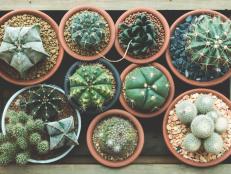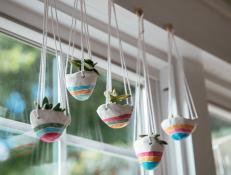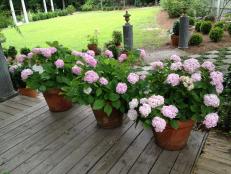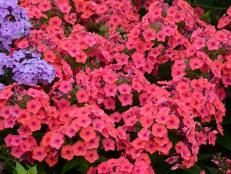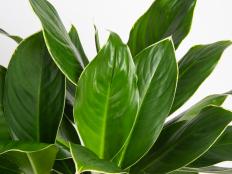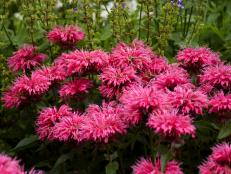Cool Plants From Around the World

Do you feel like your landscape is filled with the same old plants? The University of California Botanical Garden at Berkeley has one of the most diverse plant collections in the country. Established in 1890, this garden contains 12,000 different plants from all over the world. Here are a few international beauties in their collection.

Agave gentryi is one of the most eye-catching plants at the Berkeley garden when it's in bloom. From Mexico, this agave is hardy in USDA Zones 9 to 11. This particular specimen is possibly the first blossoming species in the U.S. It produces a tall yellow flower spike. It's a monocarpic species, which means once it flowers the mother plant dies. However, typically pups, or new sprouts, are growing right next to the mother plant to take its place. Plant it in full sun and well-draining soil.

Agave parryi has petite, silvery-blue rosettes that grow two to three feet across. Native to parts of southwestern U.S. and Mexico, this agave also produces pups, creating new plants off the original. Agaves, like cacti, bromeliads and aloes, are drought tolerant and require very little water and maintenance. They also adapt quite easily to most environments. Plant it in full sun and well-draining soil. Hardy in USDA Zones 9 to 11.

Spiral aloe (Aloe polyphylla) has a unique mathematical spiral arrangement on its blue-green rosette. Plant size is about one foot tall and about one to two feet wide. It is native to the mountains of South Africa and is hardy in USDA Zones 7b to 11. Spiral aloe also needs good drainage and can tolerate colder temperatures. Plant it in full sun to light shade.
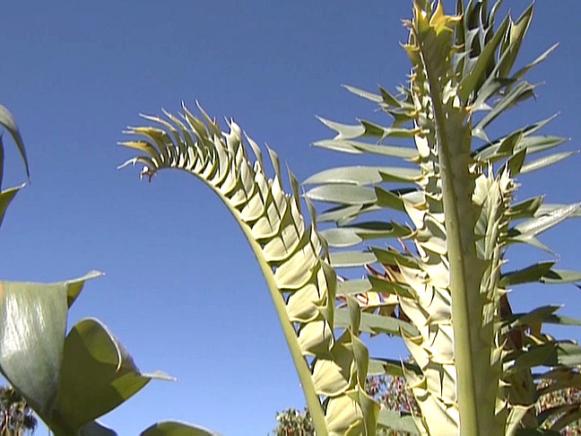
The genus Encephalartos offers this blue-gray cycad that dates back to prehistoric times. Cycads are one of the many rare and unusual plants that experts hope to restore and recover through conservation efforts. The hope is to introduce more of these endangered species into mainstream gardening. These cycads are native to several parts of Africa, including South Africa, and are hardy to USDA Zones 9 to 11. Where hardy, it has evergreen, leathery, needlelike foliage. Plant it in full sun to partial shade and well-draining soil.
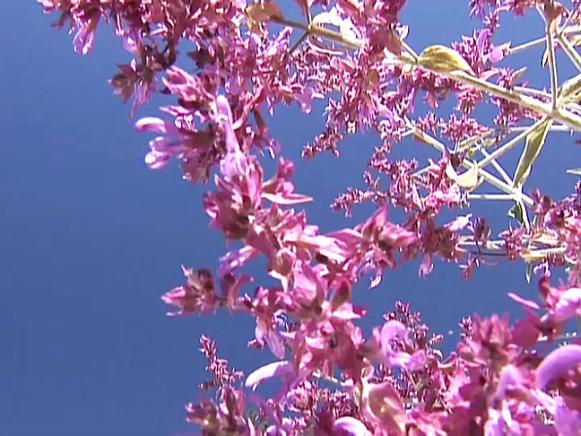
Canary Island sage (Salvia canariensis) is a tender shrubby perennial native to the Mediterranean. Plants from the Mediterranean climates do very well in many parts of California, where they receive very little summer water and constant rain in the winter. Native to the Canary Islands off the coast of Africa, this sage has fuzzy leaves and produces beautiful magenta-colored flowers that attract butterflies. Plant size is four to six feet tall and about half as wide. Grow it in full sun and well-draining soil. Hardy in USDA Zones 9 to 11.

Puya is a terrestrial bromeliad from South America. There are several species available that produce a range of blue-gray to green, grasslike foliage and flower spikes, including the teal flowers of Puya alpestris and the more unusual and rare P. berteroniana. Every year when this specimen blooms at the Berkeley garden, the staff makes a point of seeing its striking teal-blue flowers. Average-sized plants are about four to five feet tall and about as wide. Drought tolerant, plant Puya in full sun and well-draining soil. Hardy in USDA Zones 10 to 11.






